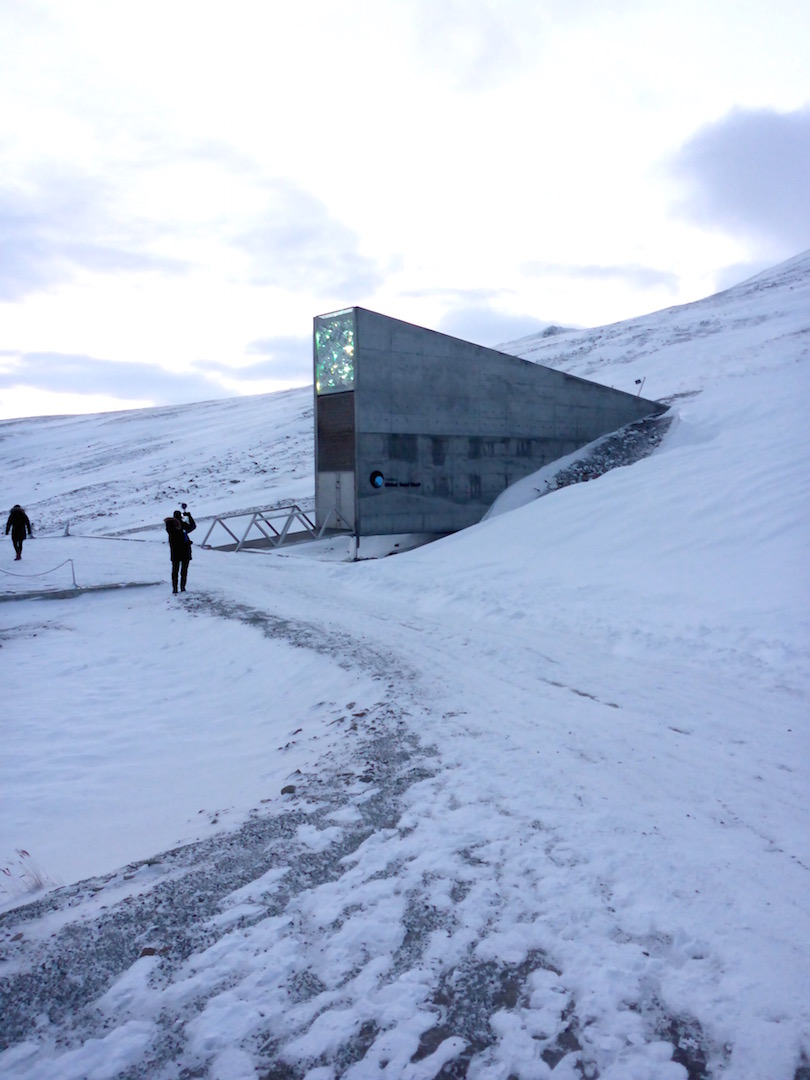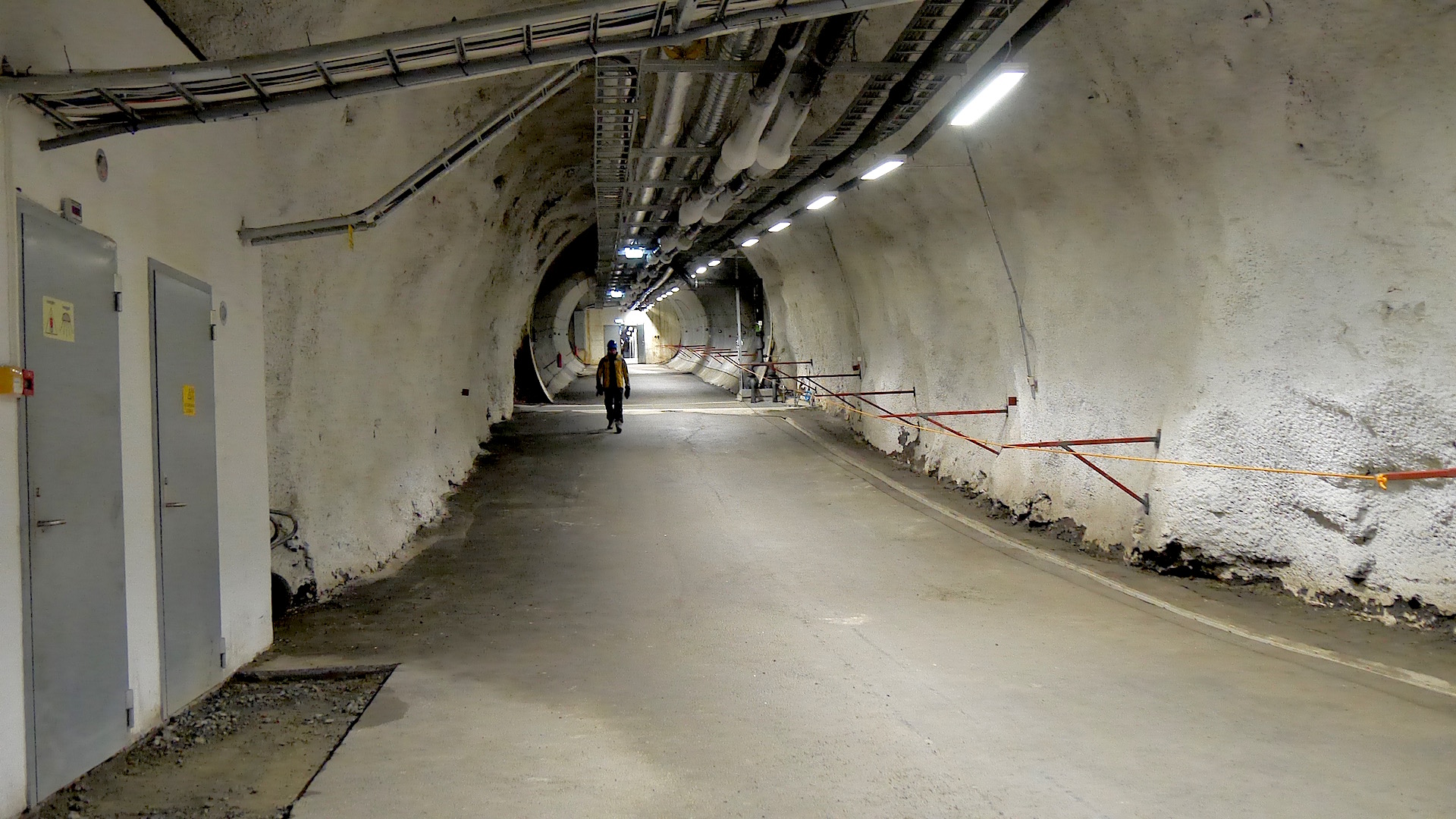Is it Doomsday yet? We need to talk about eternity
Known popularly in the press as 'the Doomsday Vault’, the Svalbard Global Seed Vault has become an icon of sorts: the ark in the Arctic in which rests the hope of humanity. The claims of online newsfeeds a fortnight ago that the permafrost had melted made the ark image altogether more alarming: the water’s rising. This ark was supposed to outlast us; function even if no one was there to check on it.

The Royal Ministry of Agriculture and Food in Norway, the Crop Trust, and NordGen would like to assure seed depositors and the public that the seeds are completely safe and no damage has been done to the facility. The Royal Ministry of Agriculture and Food and Statsbygg, Norway, is taking appropriate measures to ensure the protection of the Seed Vault and improve the construction to prevent future incidents. Globally, the Seed Vault is, and will continue to be, the safest backup of crop diversity.

“This is by no means an emergency – there has been zero damage to any seed packets” – Tim Fischer, Deputy Director of The Crop Trust

